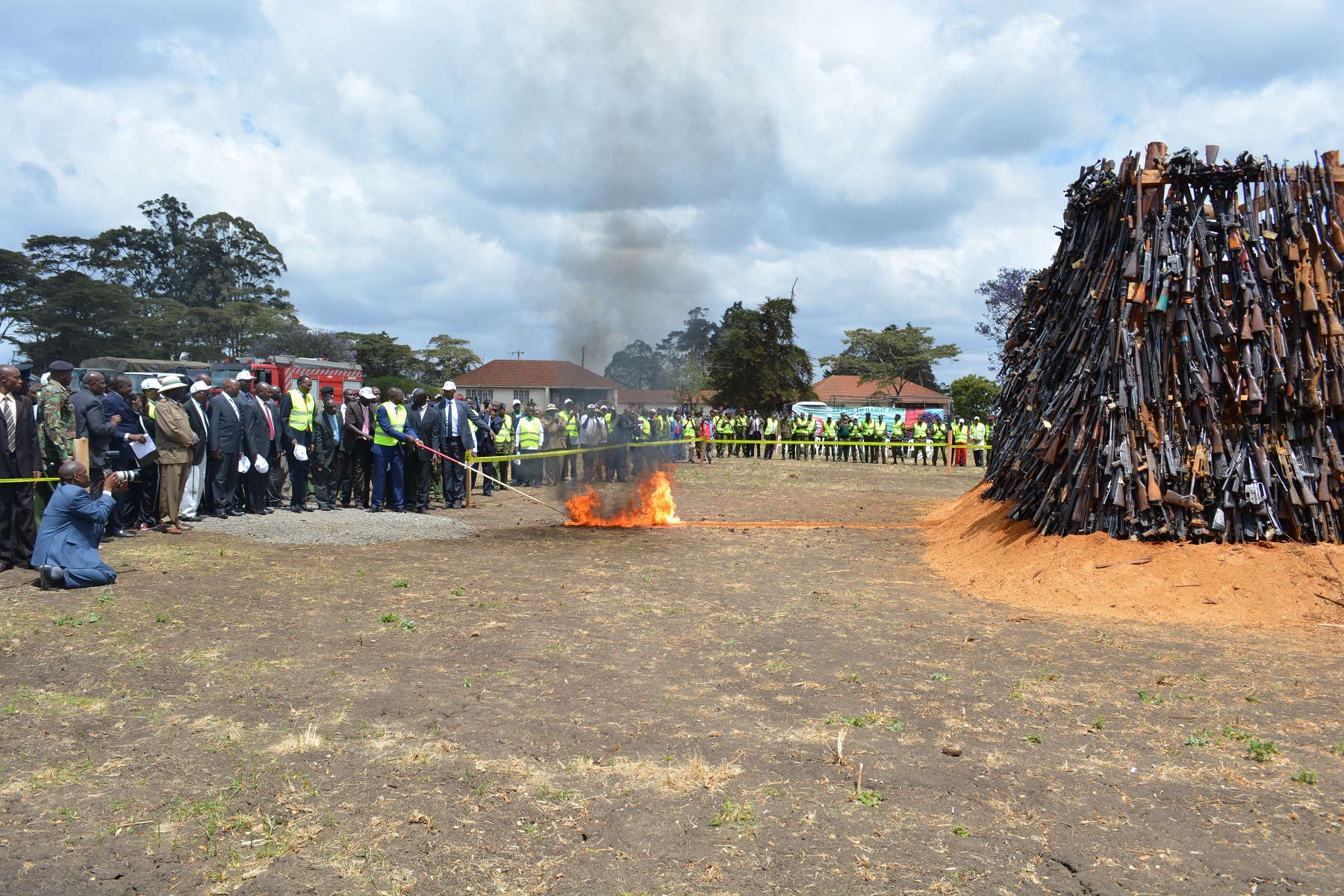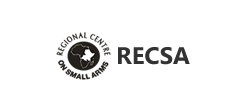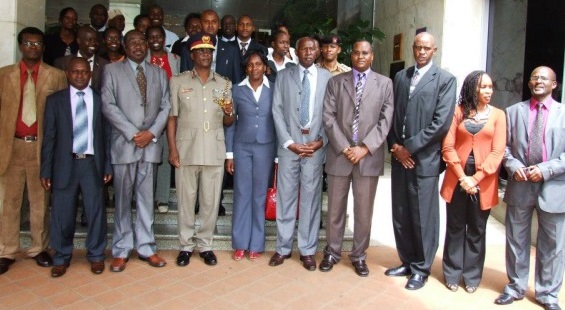About SRIC
SRIC is an independent non-profit making think tank, committed to providing data and information on human security and security sector dynamics in Kenya and the sub-region of the Great Lakes and the Horn of Africa.
News
SRIC is an independent non-profit making think tank, committed to providing data and information on human security and security sector dynamics in Kenya and the sub-region of the Great Lakes and the Horn of Africa.Read More
Date: 2018/2/2
Read More NewsOpinion Poll
Is the Kenyan Government doing enough to curb terrorism?
SRIC
Photo One
SRIC and KNFP during an Awareness Meeting on Arms Control and Management in Laikipia County.

Photo Two
SRIC Director and Head of Research participate in Arms destruction exercise in Ngong in November 15th, 2016 - Photo courtesy of KNFP.

Photo Three
Security Research and Information Center.
Our Partners











